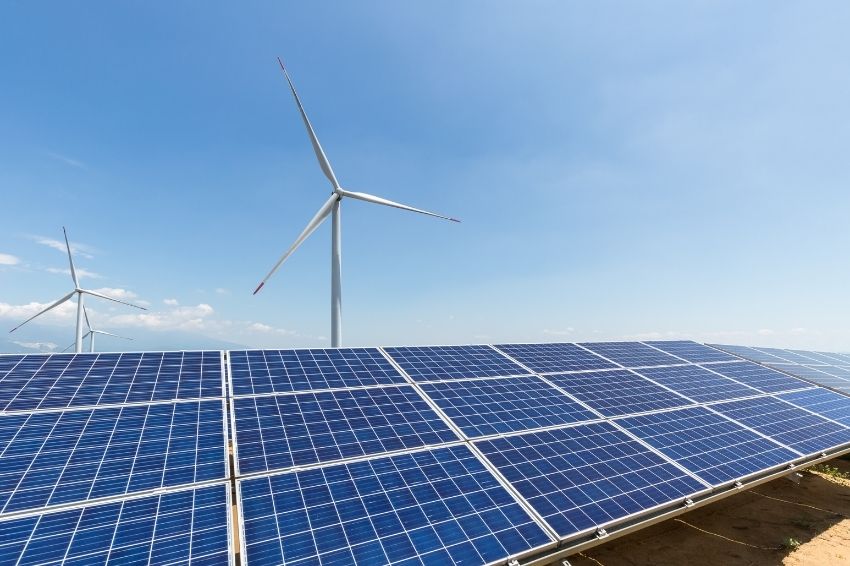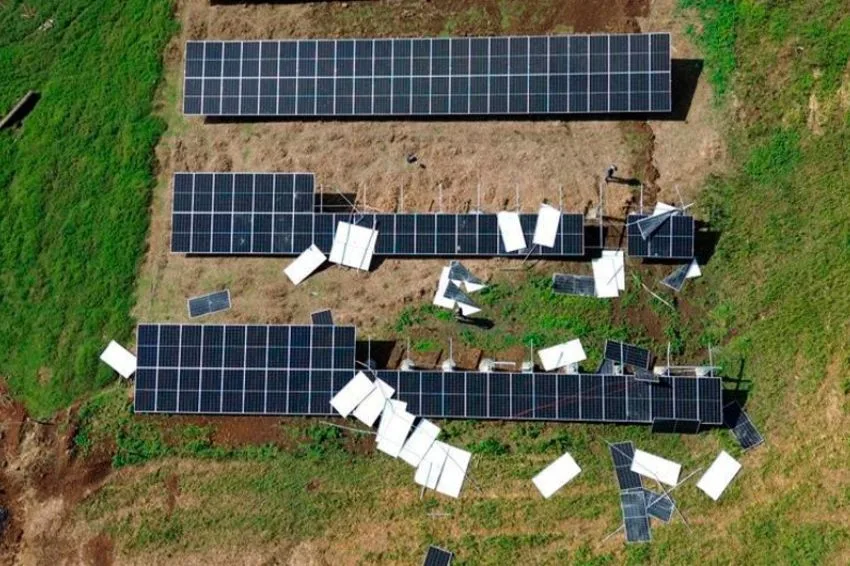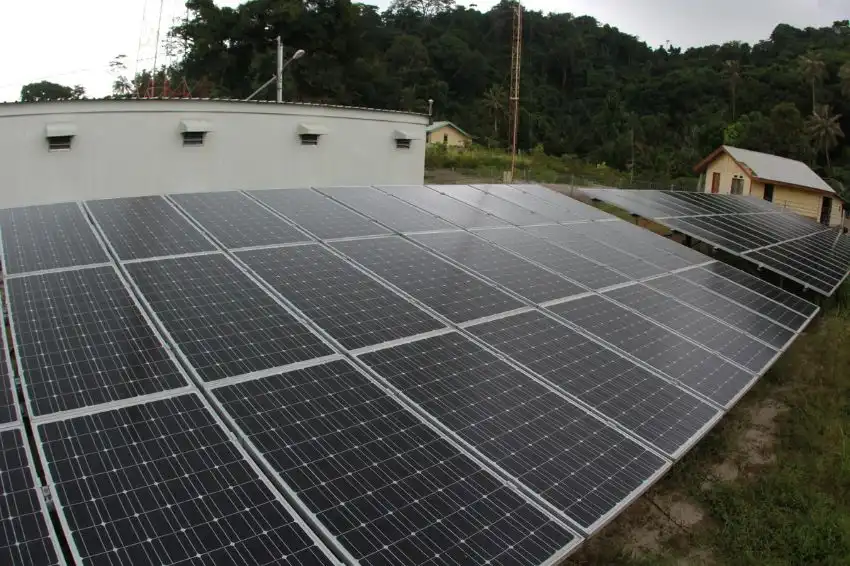At the end of 2021, Brazil reached 33.2 GW of power, combining wind and solar sources (centralized and distributed).
This number represents approximately 17% of the total installed capacity per source in our Electrical Matrix.
The growth of these sources has been occurring very quickly, and signals the path that private investments will follow in the coming years.
While the wind source grew by 26% from 2020 to 2021, the centralized solar source grew by 59% and distributed generation from solar sources grew by 80% in this same period.
These numbers indicate that, compared to what happened in other countries, generation from solar sources will occupy first place between the two sources.
This fact is corroborated by the hybridization of wind farms that will incorporate solar sources into their installations, and by the exponential growth of distributed solar sources, which in the last two years grew by 209%.
Public policy managers should study the evolution of these sources more carefully. EPE recently released projections in the PDE 2031, where these sources will represent 25% of installed capacity in 2031, and that together with the hydraulic source will account for 70% of our installed capacity.
It is worth noting that these numbers could be much better, for this it would be enough to maintain the incentives for distributed generation and those for the use of wire for centralized sources. But currently, those who defend the maintenance of incentives for dirty energy sources, such as gas and coal, predominate.
According to EPE, according to PDE 2031, if all incentives for distributed generation were maintained, around R$ 168 billion would be invested in distributed generation over the next 10 years.
With the staggered taxation of the wire (or the sun), R$ 46 billion in investments in distributed generation alone will no longer be made. The bill becomes much higher if we consider the divestments in centralized energy generation (wind and solar) that will lose subsidies for the use of wire.
Even going against the tide, according to the PDE, the following powers will be incorporated by solar and wind sources, by 2031:
- 26.1 GW of distributed generation from solar sources;
- 2.7 GW of centralized solar; It is,
- 4.3 GW of wind.
The numbers show everything, but the worst blind person is the one who wants to remain in the darkness, or those who can see and don't want to see the sunlight.


















One Response
Congratulations on the article Daniel. I have been an engineer and teacher for over 40 years and I am sadly following the disincentive for solar and wind energy in Brazil in the coming years. I'm from the time when government officials invested billions of reais in Itaipu (which is not national but binational) and in Belo Monte, which doesn't even have a reservoir and which sometimes only works with a few generators out of the many existing ones or even 1 generator if there is no good flow in the river that feeds it. And not to mention Angra 2 and Angra 3, which never ended. People's money that could be better used in education and housing, health and beyond wasted time. We had a chance now with solar and wind power. There is no investment of public money in these and it does not waste or wear out our population. Not to mention thermoelectric plants, an unnecessary, polluting and expensive extravagance. Your material is simple and enlightening. They would be, for example, like PPPs (public and private partnerships) where no public money is included because the money is completely private in the case of solar or wind power. Today we already know that all the energy used in the northeast is completely equivalent to wind generation. Thanks for the material.
Prof. Carlos Argolo (Ph.D.) Federal University of Alagoas – Federal Institute of Alagoas.